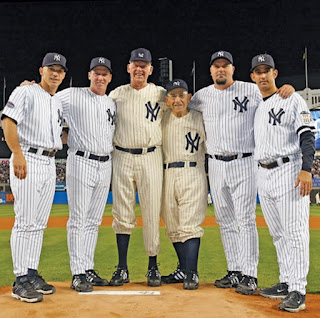Righting Wrongs - 1999 Angels
It was always an absolute thrill to open a pack of MLB Showdown and pull a card of a star. Other times I'd pull trash cards and never think of them again. As I got older and had more of an eye of great players of yesteryear, I realized some of those trash players were actually pretty damn good in the 80s. And since the game stopped updating, some of those trash cards were of young players who would go on to develop into decent cards if the game had a 2006+ set. So let's use the Showdown Bot and see what some of those bad players from the original set would look like in a more favorable year for them...
Gary was half of everyone's starting shortstop. He had a +4 defense but was useless on offense. 5 on-base, average speed and no extra base hit potential. It took me forever to pull another shortstop from a pack it seemed. I ended up trading Wade Boggs for Andy Fox just to put SOMETHING with some offense at Short...Then one day I pulled Omar Vizquel and Kevin Stocker in one pack and Gary was gone forever...Then I pulled ARod and was set for Shortstop forever...
Anyway, just a few years prior would've featured a more respectable chart for Disarcina. Defense takes a slight hit, but the on-base is up and has a very nice looking chart if he gets the advantage. Let's just say I wouldn't have traded for Andy Fox with this guy on my roster...
2000 Tim Belcher had 0 control and was generally unusable. Late-80s Tim Belcher was a very different story. 1989, Belcher tied for the league lead in shutouts, struck out 200 batters, won 15 games and finished top 10 in the Cy Young race.
The 2000 Todd Greene card was a huge power threat, sure, but as an outfielder he was hard to justify putting on your roster with his sad 5 on-base. But a 10 on-base in his more natural catching position? Much better card. As far as I remember, 2000 was the only set with a Greene card, but if the 2005 set made one, I figure it would be worlds more valuable. The chart (and power) take a huge hit, but the on-base means he'll hit you more homers at just 19+ as opposed to trying to get the advantage with the 5 on-base.
Ken Hill is another useless 0 control pitcher with mothing much to offer in the 2000 pennant race set. But a few years prior would've featured a 3 control, no doubles, 7 inning pitcher who you wouldn't cringe starting a game with.
2000 Showdown Huson actually made for a pretty decent bench option. +4 defense at 2B/SS and A speed made him a valuable pinch runner if your middle infielder was slow and expendable late in the game. 1992 Huson has a 10 on-base though and the actual ability to hit a double. The defense gets cut in half but he retains his dual fielding prowess and his A speed.
You'd be forgiven if you had every 2000 Showdown card and drew a blank when you saw the name Matt Walbeck. Barely any power and a 6 on-base made him an easy avoid, even as a backup. Just a year before however would've featured a much more attractive option. Here, Walbeck can hit doubles and even triples, and doubles his home run potential. Catching falls from +7 to +5, which is a big deal for a catcher, but some might find that to be an acceptable tradeoff for a catcher who can actually hit.














